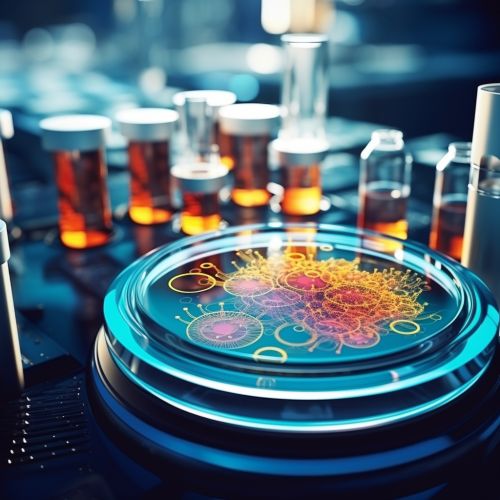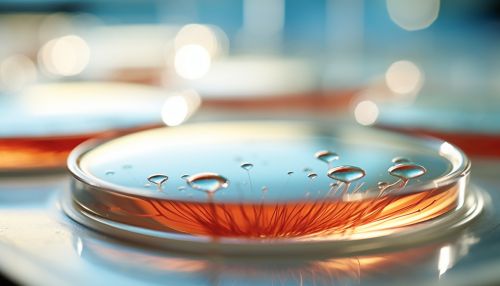Stem cell culture
Introduction
Stem cell culture refers to the process of growing and maintaining stem cells in a controlled environment, typically outside of their natural biological context. This process is crucial for scientific research, particularly in the fields of regenerative medicine, tissue engineering, and drug discovery.


Types of Stem Cells
There are several types of stem cells that can be cultured, each with their own unique properties and potential applications. These include embryonic stem cells (ESCs), induced pluripotent stem cells (iPSCs), and adult stem cells.
Embryonic Stem Cells
Embryonic stem cells are derived from the inner cell mass of a blastocyst, an early-stage preimplantation embryo. These cells are pluripotent, meaning they have the ability to differentiate into any cell type in the body.
Induced Pluripotent Stem Cells
Induced pluripotent stem cells are adult cells that have been genetically reprogrammed to an embryonic stem cell-like state. This is achieved by introducing specific genes encoding transcription factors that regulate pluripotency.
Adult Stem Cells
Adult stem cells, also known as somatic stem cells, are found in various tissues in the body and have the ability to self-renew and differentiate into specialized cell types of their tissue of origin.
Stem Cell Culture Techniques
Stem cell culture techniques vary depending on the type of stem cell being cultured. However, the basic principles involve providing an environment that supports cell growth and differentiation.
Culture Media
The culture media used in stem cell culture is a nutrient-rich solution that provides the cells with the necessary growth factors and hormones. The composition of the media can influence the behavior of the stem cells, including their proliferation and differentiation.
Cell Seeding
Cell seeding refers to the process of introducing the stem cells into the culture environment. This is typically done using a pipette to deposit a suspension of cells onto the culture substrate.
Substrate
The substrate, or surface, on which the stem cells are cultured plays a crucial role in stem cell culture. The substrate can influence cell behavior, including adhesion, proliferation, and differentiation.
Culture Conditions
Culture conditions, such as temperature, humidity, and gas composition, are carefully controlled to mimic the natural environment of the stem cells. These conditions can significantly impact the health and behavior of the stem cells.
Applications of Stem Cell Culture
Stem cell culture has a wide range of applications in both research and clinical settings.
Regenerative Medicine
In regenerative medicine, stem cell culture is used to generate cells and tissues that can be used to replace or repair damaged tissues in the body.
Drug Discovery
In drug discovery, stem cell culture is used to test the efficacy and toxicity of potential new drugs. This can provide valuable information about the safety and effectiveness of these drugs before they are tested in clinical trials.
Basic Research
In basic research, stem cell culture is used to study the fundamental properties of stem cells, including their ability to self-renew and differentiate.
Challenges and Ethical Considerations
While stem cell culture has significant potential, it also presents a number of challenges and ethical considerations. These include technical challenges related to maintaining the health and stability of the stem cells in culture, as well as ethical issues related to the use of embryonic stem cells.
